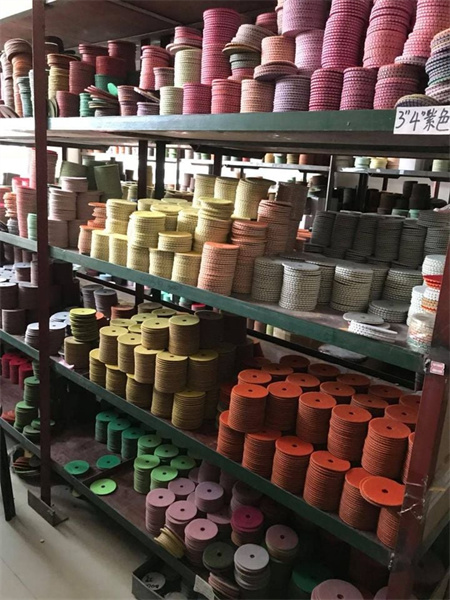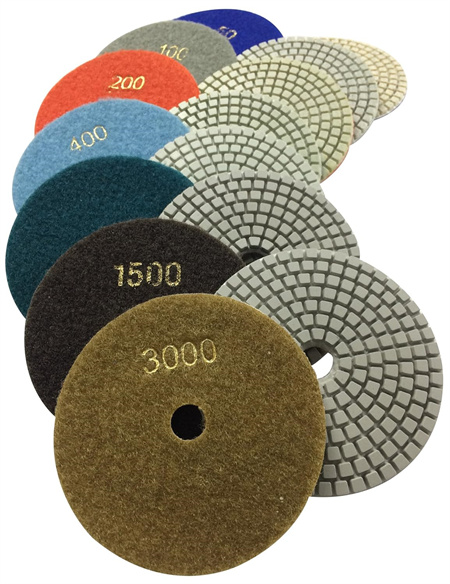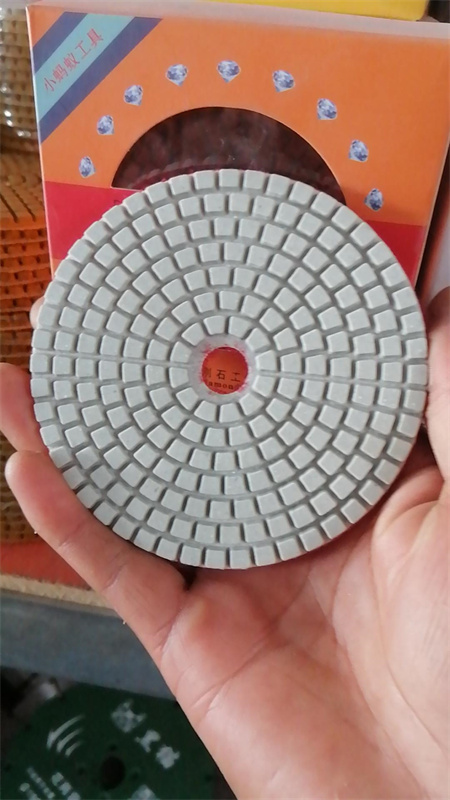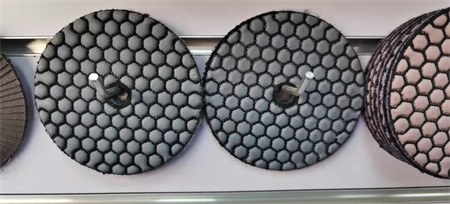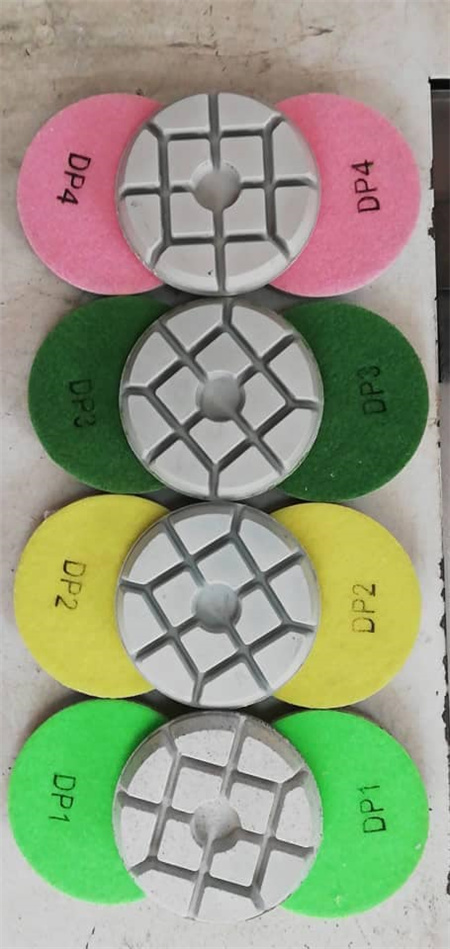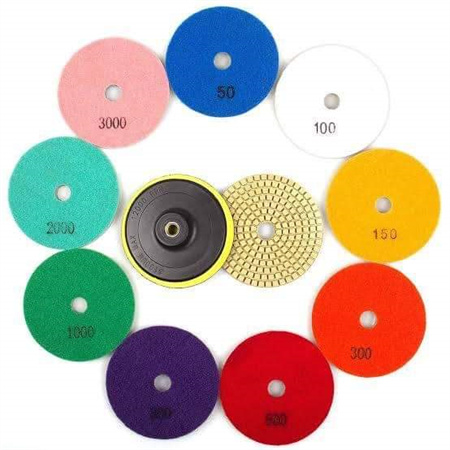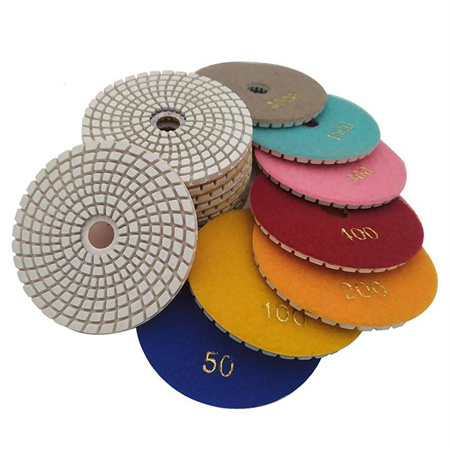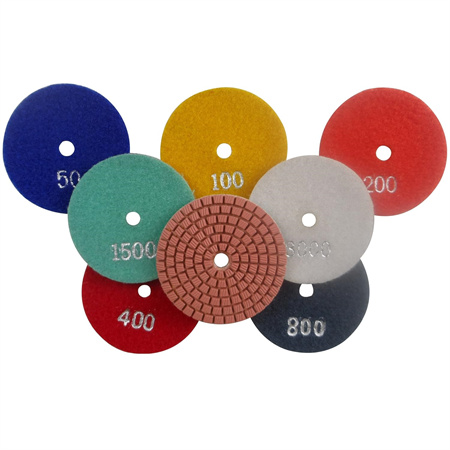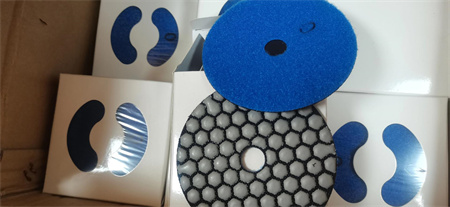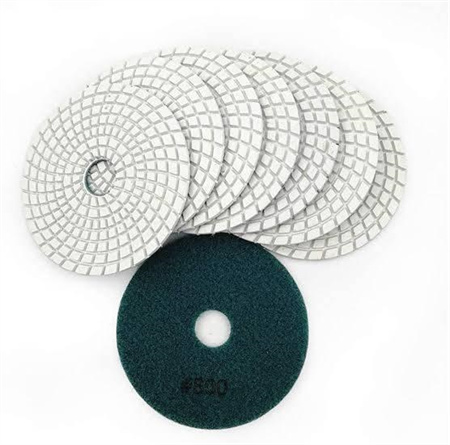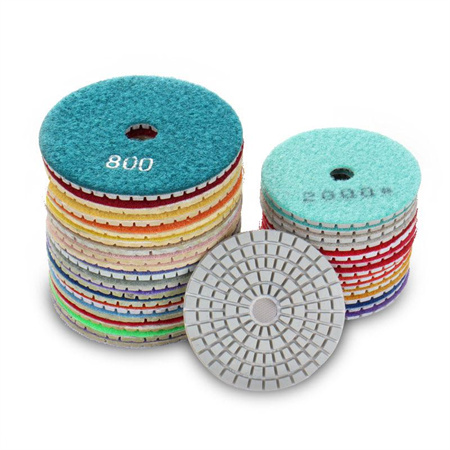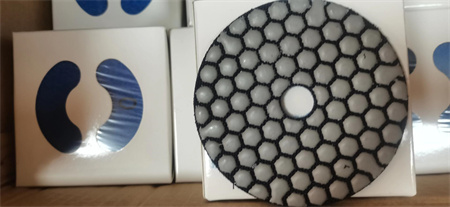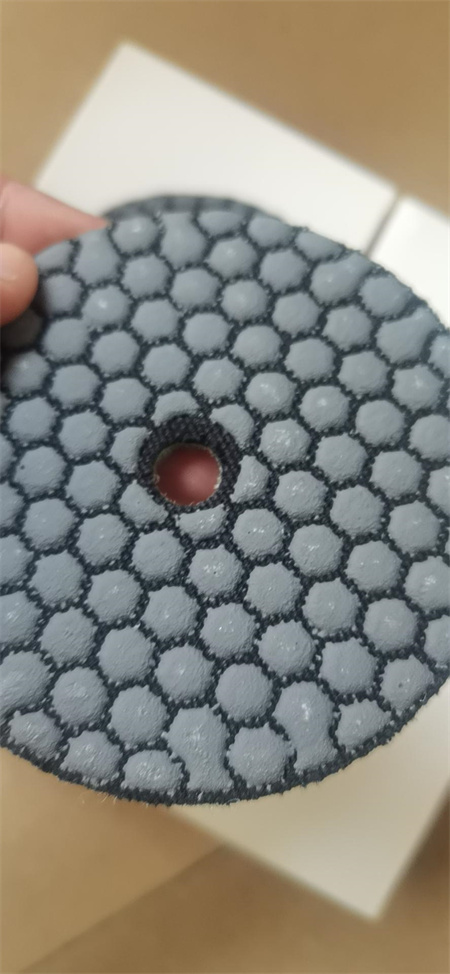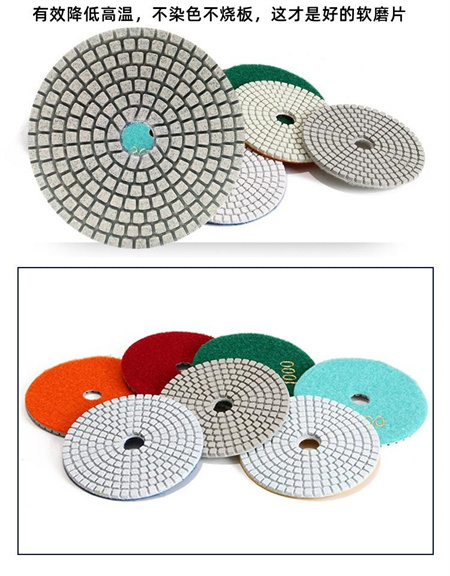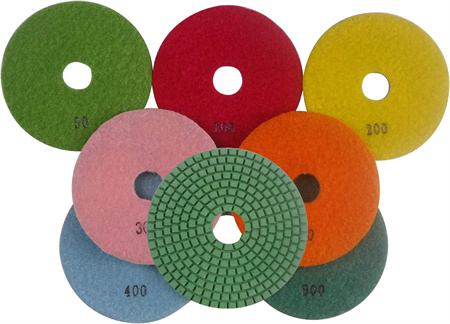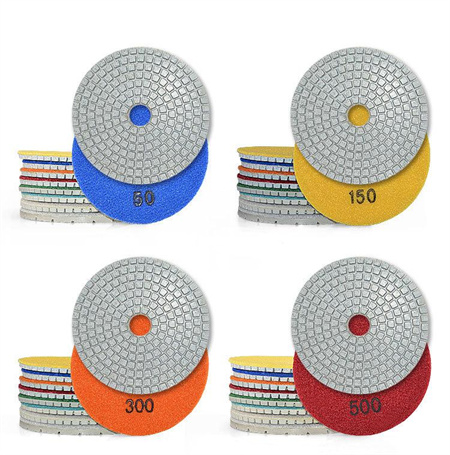Granite polishing tool made in China for countertop fabrication workshops
When it comes to fabricating high-quality granite countertops, having the right tools is absolutely essential. One of the most important tools in a countertop fabrication workshop is the granite polishing tool. Known for its precision, durability, and outstanding finish, granite polishing tools made in China have become a preferred choice for many fabricators worldwide.

Chinese manufacturers have established a solid reputation in the field of granite polishing. With years of experience in crafting tools specifically designed for stone and granite, these companies offer products that meet global industry standards. The polishing tools produced in China are not only efficient but also highly cost-effective, making them a great option for businesses looking to improve their production quality without breaking the bank.
What sets these tools apart is their attention to detail and innovative technology. Whether you’re working with raw granite slabs or performing final touches on a countertop, these tools are engineered to provide the perfect balance between performance and ease of use. With their smooth operation and long-lasting design, they ensure that fabricators can achieve that coveted high-gloss finish that granite is known for.
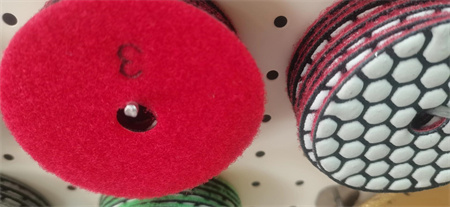
These polishing tools are often equipped with advanced diamond segments, which help to smooth the stone’s surface while minimizing wear and tear on the tool itself. This means less time spent on maintenance and more time spent on actual work. Additionally, the tools are available in various shapes and sizes, catering to a wide range of needs within the fabrication process. Whether you need to polish the edges or work on large flat surfaces, there’s a Chinese-made granite polishing tool that’s right for the job.
One of the biggest advantages of sourcing granite polishing tools from China is the level of customization available. Many manufacturers offer options that can be tailored to meet specific needs, whether that involves adjusting the grit size or modifying the tool’s design to suit certain machinery. This flexibility allows fabricators to have the precise tools they need for each step in the fabrication process, ensuring a seamless workflow.
Moreover, the competitive pricing of Chinese-made polishing tools doesn’t come at the expense of quality. With stringent quality control processes in place, these tools are built to withstand the high demands of countertop fabrication workshops. Whether you’re polishing granite for residential kitchen countertops or high-end commercial projects, these tools provide reliable performance at an affordable cost.
In conclusion, granite polishing tools made in China offer a blend of affordability, quality, and innovation that’s hard to beat. For countertop fabrication workshops looking to enhance their production process, these tools are an excellent investment. With their superior design and reliable performance, they help fabricators deliver flawless granite countertops that stand the test of time.
